Table of Content
- What Is Matter Smart Home?
- Matter Network Technologies
- Developing Matter Devices
- Matter Development For Google Home
- Integrating Matter Support Into Ios Ecosystem
- Building Alexa-Compatible Matter Devices
- Security And Privacy Tenets For Matter Devices
- Matter Development With Blockchain Technologies
- Matter Device Certification Program
- Matter Development Services
The explosion of connected devices marks a new era of innovation and productivity. With robust platforms and wireless advancements, the potential for adoption is greater than ever.
Artificial intelligence is accelerating the Internet of Things (IoT), enabling smarter, more cohesive ecosystems. IoT devices now generate metadata processed by AI, offering actionable insights and predictions previously unattainable.
This synergy is driving the creation of innovative IoT products, new business models, and impactful solutions for end users.
A significant advancement in the IoT landscape is the introduction of the Matter protocol, a universal standard that simplifies connectivity among devices. Led by the Connectivity Standards Alliance (CSA), Matter promotes seamless interoperability through robust tools and platforms.
The strength of of the Matter protocol lies in the collaborative efforts of hundreds of member companies that contribute expertise, capital, and technical innovation. This collective effort has propelled the development of a transformative IoT standard.
The release of Matter 1.4 and its certification program represents a significant milestone, ushering in a new era of IoT interoperability and simplifying smart home experiences for users worldwide.
What Is Matter Smart Home?
Matter Smart Home is an application layer and data model that works in certified ecosystems to deliver interoperability between devices, allowing them to communicate with other Matter devices, regardless of the ecosystem or network protocol.
Matter Smart Home Standard is an IP-based layer that can run over several network protocols, such as Wi-Fi, Thread, and Bluetooth (for device commissioning/setup).
The Connectivity Standards Alliance (CSA), a consortium of companies, pioneered this open-source technology. Their objective was to enhance the accessibility of these technologies and boost adoption rates. Doing so has enabled consumers to establish a smart home environment without the typical frustrations.
With the Matter protocol, customers can effortlessly integrate their favorite devices and manage their smart home using their system of choice. Generally, Matter devices can be set up through the manufacturer’s app or a smart home system. These systems offer unique features and are compatible with any Matter-compliant controller (hub), app, or ecosystem.
Its an industry-standard designed to ensure compatibility across smart home ecosystems like Alexa, Google Home, Apple HomeKit, and Samsung SmartThings.
One notable feature of Matter products is the “multi-admin” capability. This allows multiple administrators to connect with bridges, hubs, or other devices, thereby controlling Matter smart home devices from various systems. Essentially, the Matter standard simplifies linking smart home devices to any platform or app, eliminating the need for software or hardware modifications.
Additionally, silicon vendors are introducing Matter solutions for IoT developers and device manufacturers. Companies such as Silicon Labs, Nordic Semiconductors, and NXP are at the forefront of producing Matter System-on-a-chip (SoC) offerings.
Matter’s foundation is its robust architecture and layered approach. This design allows it to operate atop other communication layers without depending on their inherent security protocols. Matter devices utilize a specific application layer running on a hardware platform (MCU or SoC) on top of a software stack and communicate with other layers via APIs. Learn more about Matter’s architecture.
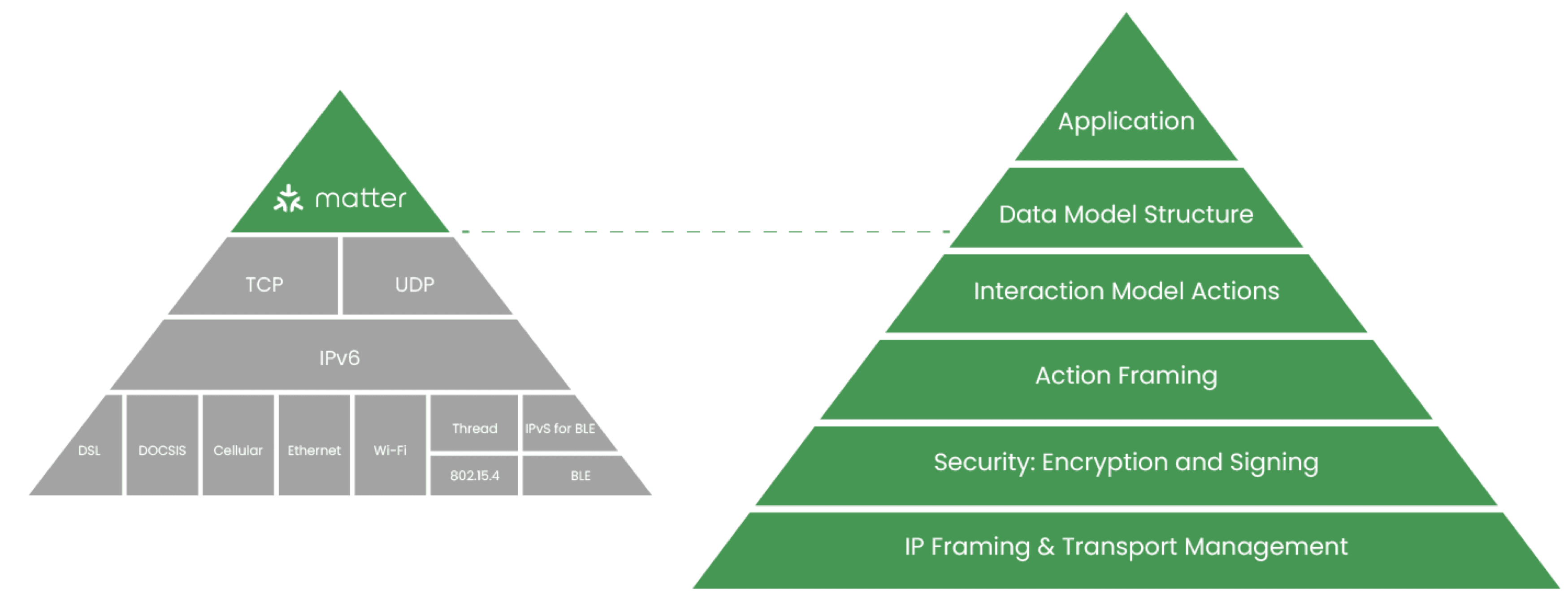
Matter Network Technologies
Matter’s first specification release supports IPv6-based networks to achieve interoperability. Matter devices communicate with IP-based transmission protocols running one of the following technologies (network layer):
- Wi-Fi/WLAN
- Ethernet/LAN
- Thread
- Bluetooth Low Energy (for commissioning/device setup)
Matter controllers can be built into any device, hub, app, or panel to administer and control devices. Controllers typically connect to a local network via Wi-Fi and have cloud connections. Bluetooth Low Energy is used to onboard (commission) Matter devices to the network. Thread devices can also connect using border routers, which can also be built into other devices, apps, etc.
Devices in the network interact using the same Matter application protocol in a local network and can still connect to the cloud for other services, such as support, analytics, etc.
The Matter standard offers the flexibility to add devices in homes or new products that use other technologies, connecting them through other protocols created by bridges and controllers. These would be non-native devices, but they can still interact with the Matter ecosystem.
Open-source reference implementations of Matter specifications benefit developers as they offer a code built on market-proven technologies (such as Zigbee) that are tested against many use cases and updated by the work group community.
Developing Matter Devices
Matter development offers significant benefits across the smart home and IoT sectors. As an IP-based local connectivity standard, Matter enhances reliability and reduces latency compared to cloud-to-cloud solutions. It lowers development costs by enabling developers to create devices that are compatible across any certified ecosystem and are straightforward to set up and integrate with various cloud services.
Matter devices are designed to meet minimum memory and processing requirements and must support Wi-Fi or Thread technologies. They are capable of running a Matter software library and include compatible radios. These devices operate an application layer on a hardware platform, typically an MCU or SoC, and interact with other layers via APIs.
Initially, Matter focused on standardizing common smart home products, gradually expanding to support a broader range of commercial devices. The primary categories for Matter development have included lighting and electrical, window treatments, HVAC controls, TVs, access controls, safety, security, and infrastructure devices such as access points and bridges.
Evolution of Matter Smart Home Products:
- Matter 1.0: Established a robust foundation, supporting diverse device types like HVAC controls, lighting, electrical solutions, safety and security systems, blinds/shades, access controls, and infrastructure devices.
- Matter 1.1: Focused on developer enhancements and improved testing and certification processes, particularly for battery-powered devices.
- Matter 1.2: Introduced additional device types, including refrigerators, room air conditioners, dishwashers, laundry washers, robotic vacuums, and comprehensive safety devices like smoke and carbon monoxide alarms, along with air quality sensors and air purifiers.
- Matter 1.3: Expanded support to include major appliances such as microwave ovens, ovens, cooktops, extractor hoods, and laundry dryers. It also added water and energy management functionalities, including electric vehicle charging equipment and water-related sensors and controls.
- Matter 1.4: Matter 1.4: Enhanced multi-ecosystem support with improved Multi-Admin functionality, introduced Matter-certified Home Routers and Access Points for robust network infrastructure, and expanded energy management with support for devices like solar panels, heat pumps, batteries, and water heaters. Additional advancements optimized battery-powered device communication and introduced new features for occupancy sensing.
With each release, Matter continues to broaden its support for a wider array of smart home products, enhancing the interconnectedness and functionality of the smart home ecosystem. This ongoing expansion caters to immediate user needs and aligns with future technological advancements, positioning Matter as a pivotal force in the evolution of smart home solutions.
Matter Development For Google Home
Google has a suite of tools ready to develop Matter devices that work with Google Home and are compatible with other ecosystems. Google also supports the Matter ecosystem as the best option for bringing new IoT products to market.
Clients are building and testing devices and apps to make them compatible with Matter. Google customers can control and manage Matter devices from the mobile Google Home app on Android, Google Assistant (voice control), or Google Nest Hub (border router).
Matter developers (using Google tools) support clients from prototyping to certification and development for Matter, leveraging the Google Home Device SDK and Matter SDK. The Matter Virtual Device Development Environment (MVD-DE) tests device interactions, including Google Assistant commands.
Matter developers also provide expertise by integrating the Home Mobile SDK for Android Studio, ensuring your Android app development initiatives are updated with Matter functionality and Google Assistant. Our goal is to help clients create top-notch, Matter-compatible smart home products. We also use other tools besides Google’s for broader Matter ecosystem compatibility.
Developers can request access to Google’s Matter Private Beta Program to start working with Google Play Services Matter APIs and set up Matter devices in Google Home. Learn more about developing for Matter with Google here.
Integrating Matter Support Into Ios Ecosystem
Integrating Matter into iOS applications involves several key steps to ensure your app can discover, configure, and control Matter-compatible smart home devices. Here’s a step-by-step guide on how you can achieve this:
1. Set Up the Development Environment
- Xcode and iOS SDK: Ensure you have the latest version of Xcode installed, including the necessary SDKs for developing applications with Matter support.
- Matter SDK: Download and integrate the Matter SDK provided by Apple, which includes tools and libraries specifically designed for Matter compatibility.
2. Configure Matter in Xcode
- Info.plist Configuration: Add the necessary entries in your app’s Info.plist to allow your application to discover Matter devices. This might include permissions to use local network features and Bonjour services.
3. Implement Matter Device Discovery
- Discovery API: Utilize the Matter API to discover devices. This involves scanning for devices that advertise their availability. Handling the discovery process correctly ensures that your app can interact with many Matter-compatible devices.
4. Device Commissioning and Setup
- Commissioning: Once a device is discovered, it must be commissioned into your app’s ecosystem. This means initializing the device and securely adding it to the user’s network. Apple provides APIs within the MatterSupport framework to handle the commissioning process, which may involve authentication steps and user interaction for security confirmations.
- MatterAddDeviceExtensionRequestHandler: Implement this class to handle specific tasks during the device setup, such as applying configurations and preferences.
5. User Interface Flow
- Setup UI: Implement user interface flows that guide users through the process of adding and configuring devices. This should include handling potential errors during device setup and providing users with feedback on the process.
6. Control and Manage Devices
- Device Control: After devices are commissioned, your app can send commands to control these devices. This is typically done through an API provided by the Matter framework that sends specific command data to the devices.
- Device Management: Provide UI elements in your app that allow users to manage their Matter devices. This includes viewing device status, controlling device functions, and removing devices if necessary.
7. Testing and Debugging
- Simulators and Physical Devices: Test the integration with both simulators and physical devices. Apple’s development environment often provides simulated environments to test different aspects of device interaction.
- Error Handling: Implement robust error handling to manage and mitigate issues that arise during device discovery, commissioning, or control.
8. Deployment
- App Store Requirements: Ensure your app meets all the requirements set by Apple for apps that use network protocols and accessories. You may need to provide additional documentation during the app review process.
9. Stay Updated
- Framework Updates: Keep your application up-to-date with the latest releases of the Matter protocol and Apple’s SDK updates. This ensures compatibility with new devices and features as they become available.
Building Alexa-Compatible Matter Devices
Matter’s integration with Alexa streamlines the smart home experience by enabling direct connectivity between Matter devices and Alexa without needing an additional hub or complex setup processes. This direct connectivity reduces latency and enhances reliability when controlling devices via Alexa, allowing users to simply command, “Alexa, discover my devices,” or manually add devices through the Alexa app.
Developing Alexa-compatible Matter devices involves leveraging the Alexa Connect Kit (ACK) for Matter, a managed service that simplifies the creation of interoperable smart home products. ACK for Matter combines Amazon’s cloud services and device management tools with the Matter protocol.
ACK for Matter is a development platform that allows manufacturers to build Matter-compliant devices while benefiting from cloud connectivity and device lifecycle management. It eliminates the need to create complex firmware, manage cloud infrastructure, or develop a custom Alexa Skill. Instead, manufacturers integrate the ACK module or ACK SDK into their devices, streamlining the development process and ensuring seamless interoperability.
Echo devices, such as the newly launched Echo Show 21, elevate smart home integration by acting as Matter Controllers and Thread Border Routers, in addition to supporting Zigbee and Wi-Fi protocols. These devices provide local connectivity, scalable networking and enhancing user experiences. Learn more about Smart Home Matter support.
Security And Privacy Tenets For Matter Devices
IoT cybersecurity is one of the main worries for consumers when deciding on smart home solutions. It is important to mention that Matter has been created with high standards of security and privacy. Matter development is performed with the flexibility and capabilities to support many security features (security by design) and address potential future attacks.
Devices must be provisioned securely with an identity (manufacturer ID) and firmware, secure encryption and authentication of communications, and a secure process that supports software/firmware updates (over-the-air).
Matter security is implemented in a layered approach that authenticates and provides an attestation mechanism for commissioning. Matter security implementation is self-contained and applies strong cryptographic standards, digital signatures, key exchanges, random number generators, and other mechanisms built into its definitions. Matter devices require AES 128-bit encryption security between devices and the cloud.
These mechanisms also establish sessions and implement the Distributed Compliance Ledger (DCL) technology for device commissioning (onboarding), attestation, and operations.
Matter Development With Blockchain Technologies
Matter integrates a blockchain-based Distributed Compliance Ledger (DCL) to secure IoT device management within its ecosystem. This integration underscores Matter’s commitment to foundational security and privacy principles, which are essential for building reliable and secure IoT devices.
- Robust Security Framework: The DCL enhances device security through cryptographically secure transactions and immutable record-keeping. Each transaction is individually signed using pre-approved keys, creating an authoritative and transparent audit trail that is publicly accessible.
- Global Network and Accessibility: Managed by a multi-node network run by Alliance member companies, it ensures that data is not centralized but distributed across various geographic locations. This setup enhances network resilience and real-time access globally.
- Device Authentication and Management: Matter devices automatically verify software updates and certifications through the DCL. This system ensures that only certified and compliant devices are active, enhancing the trust and integrity of the network.
- Counterfeit Protection and Future-Proofing: The DCL prevents counterfeit device and firmware operations within the network, safeguarding consumer installations. The DCL enables decentralized decision-making for IoT devices, allowing them to operate autonomously based on cryptographically signed transactions.
Matter offers a more reliable and user-friendly smart home environment by ensuring all devices are authenticated and their operations verified. This blockchain integration aligns with Matter’s objectives to provide secure, interoperable, and easily manageable IoT solutions that are ready to adapt to the challenges of future digital landscapes.
Learn more about IoT Blockchain
Matter Device Certification Program
Developing Matter products requires compliance with the Connectivity Standard Alliance (CSA) specifications. Once the product is Matter certified, it is listed on the official site. It can use the Matter logo to show consumers it has been tested for interoperability in a Matter program.
Matter-certified devices or Certified End Products are tested for conformance with the standard, and compliant platforms are tested to a set of specifications before they are engineered into an end product. More than 7000 certified products, compliant platforms, and software components.
Matter Development Services
Empower your product development with expert Matter services designed to bring your smart home solutions to market faster and more efficiently. Our offerings include:
- Firmware Development: Build robust Matter-compliant applications and secure firmware.
- Mobile App Development: Create intuitive Android and iOS Matter apps for seamless user experiences.
- Architecture Design: Select and optimize the best Matter hardware platforms for your use case.
- Security Analysis: Ensure device integrity with advanced security implementation, including attestation and authentication.
- IoT Development: Leverage an open-source and technology-agnostic approach.
- Certification Compliance: Navigate the Matter specifications and certification process with confidence.
- Future-Proofing: Maintain device functionality across Matter revisions with scalable solutions.
Let’s turn your vision into reality. Contact us to explore how our Matter development services can elevate your product lineup.
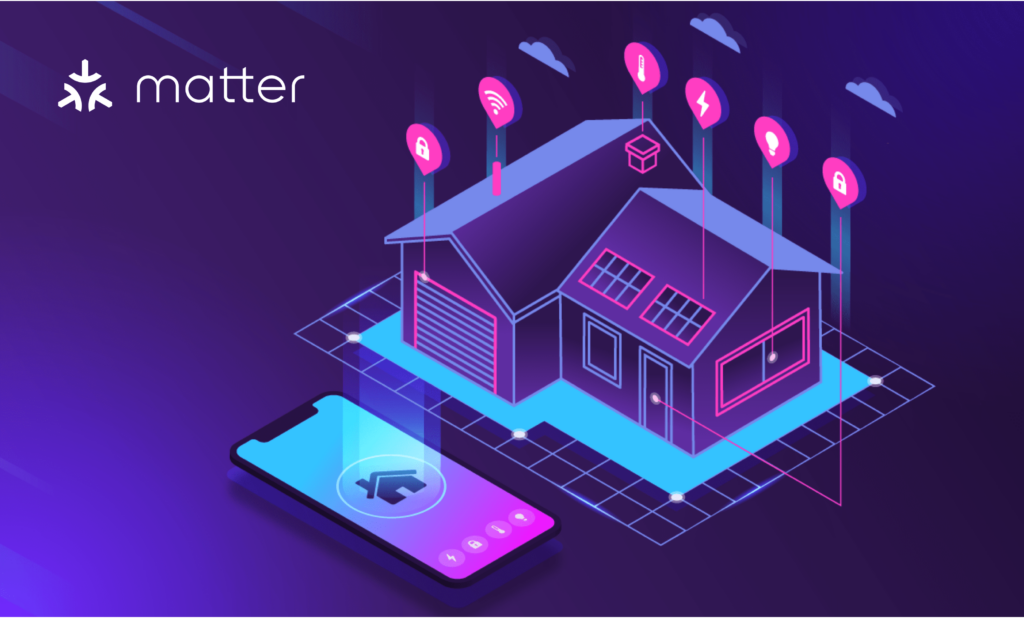

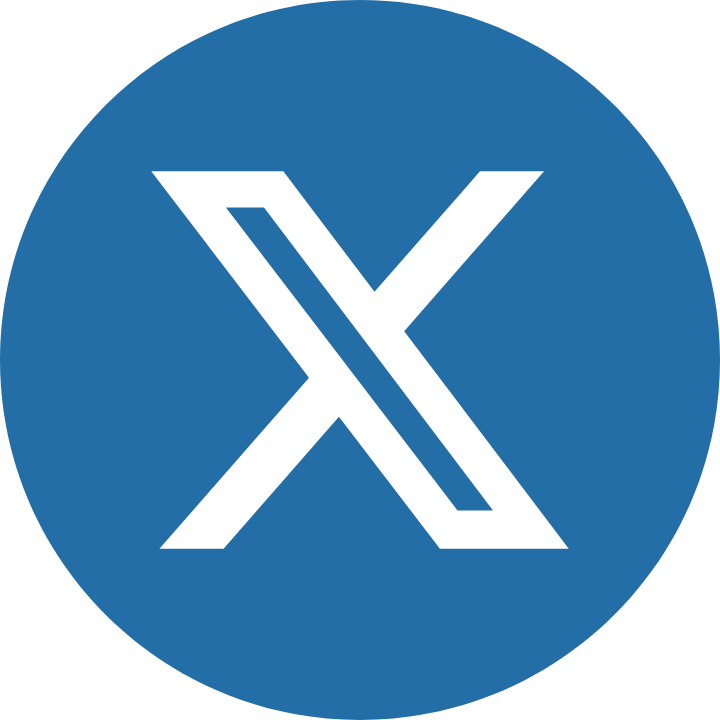
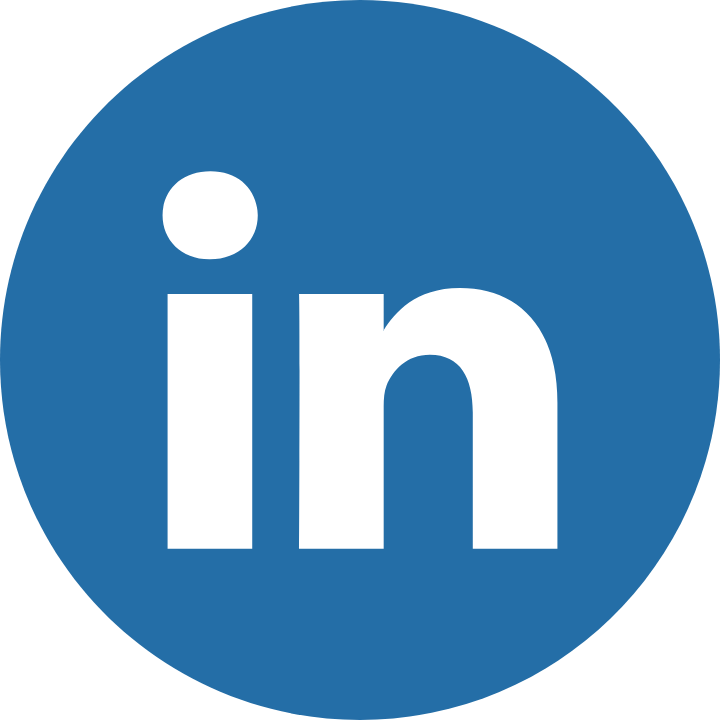
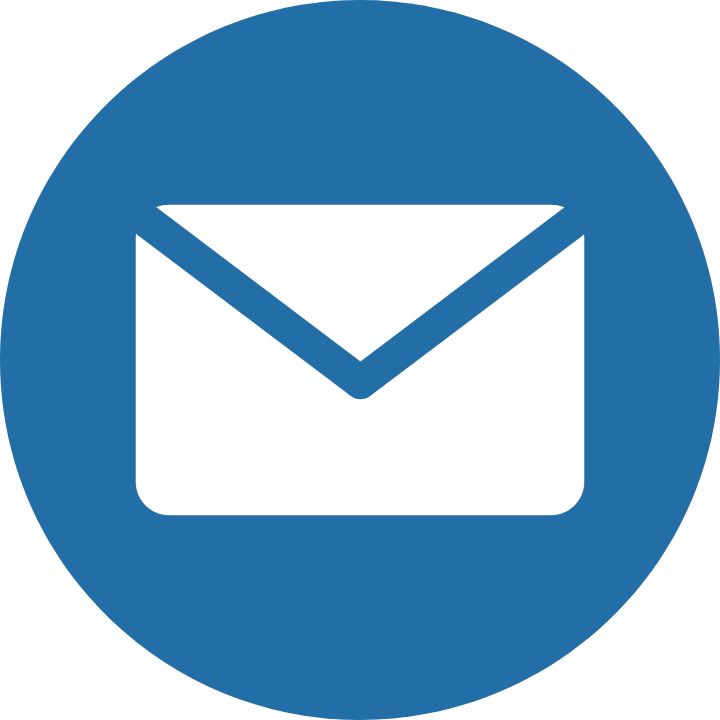
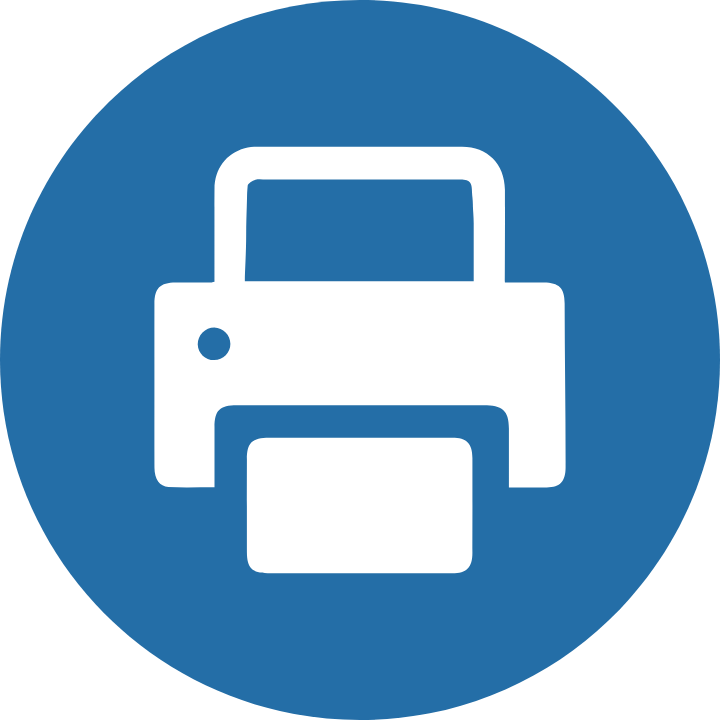
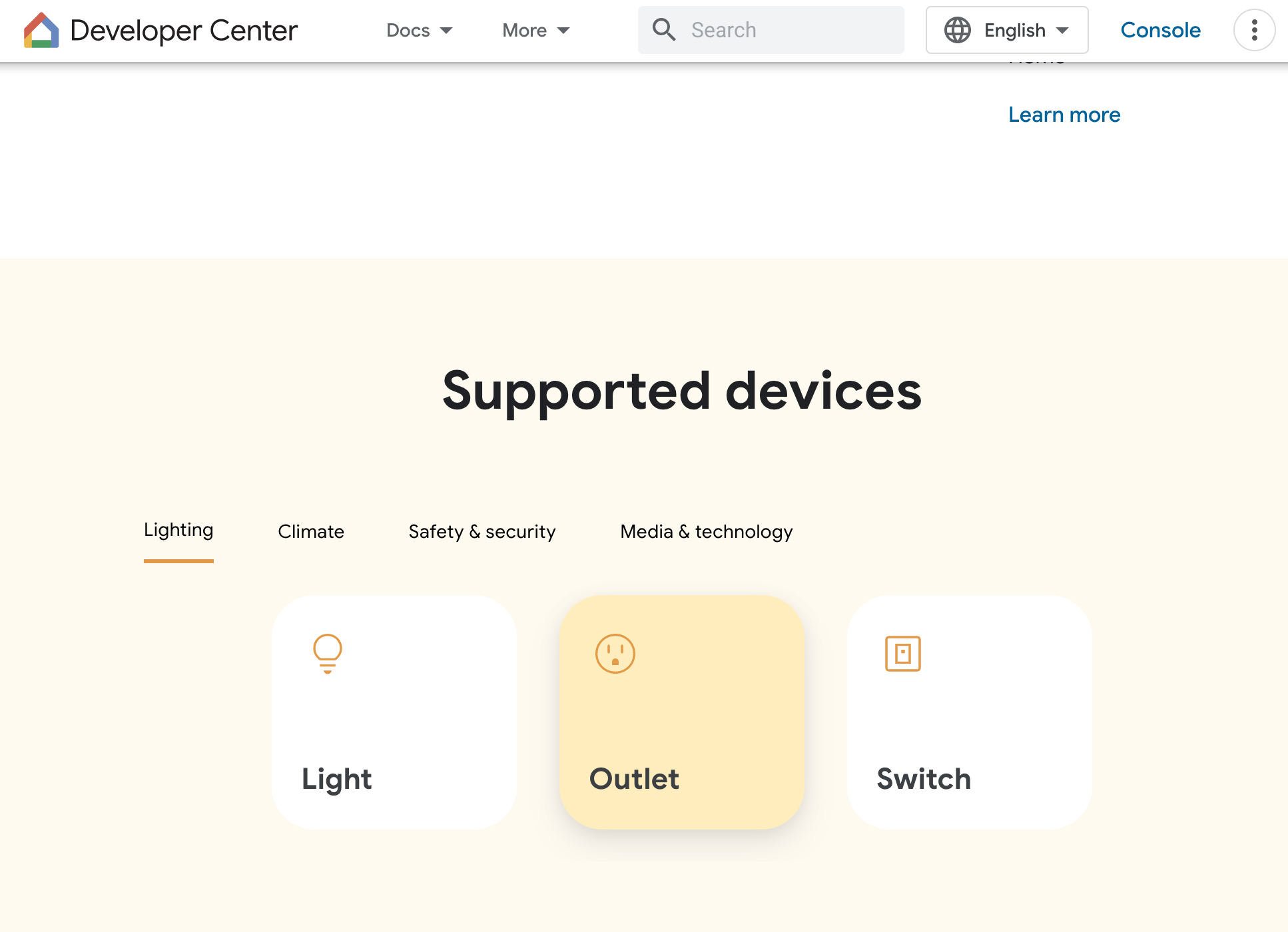
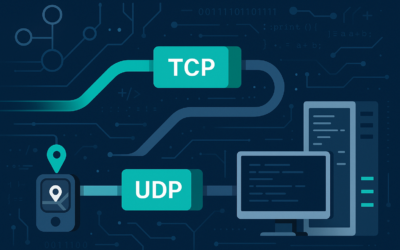
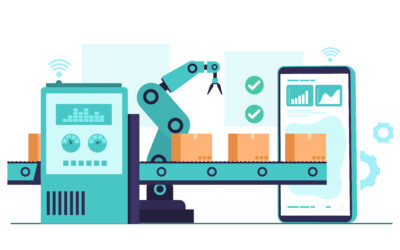

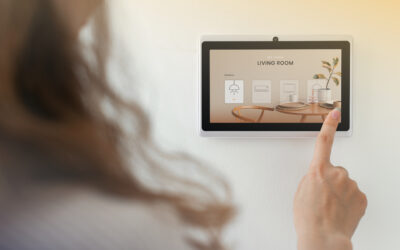
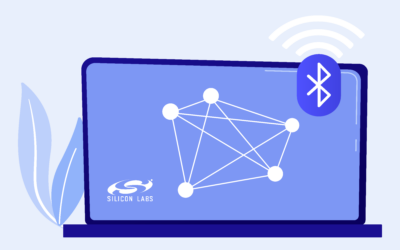
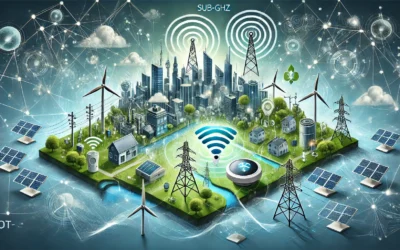
I’m intrigued by the blog post’s discussion on Matter-enabled devices and security tenets. However, I’d love to see more clarity on how the Distributed Compliance Ledger (DCL) technology is utilized in matter development for smart home solutions. Can you provide an example of how DCL enables secure device commissioning and attestation? How does it address potential future attacks in matter smart home development?
The Distributed Compliance Ledger (DCL) enables secure device commissioning and attestation through cryptographically signed transactions, ensuring that only certified and compliant devices are active in matter smart home development. It prevents counterfeit device operations, safeguarding consumer installations.
Thank you for your thought-provoking comment! I’d like to elaborate on the utilization of Distributed Compliance Ledger (DCL) technology in matter smart home development, particularly in regards to secure device commissioning and attestation. By leveraging a blockchain-based DCL, Matter-enabled devices can ensure cryptographically secure transactions and immutable record-keeping, thereby enhancing device security and preventing counterfeit operations. This decentralized approach also enables real-time access globally and ensures network resilience through a multi-node network managed by Alliance member companies.
In essence, the DCL technology addresses potential future attacks in matter smart home development by providing an authoritative and transparent audit trail that is publicly accessible. By integrating this robust security framework into matter development services, manufacturers can ensure secure firmware development and authentication of communications, ultimately safeguarding consumer installations and enhancing trust in the network.
I’d love to see an example of DCL in action for matter smart home development! From what I understand, the Distributed Compliance Ledger enables secure device commissioning and attestation through cryptographically signed transactions and immutable record-keeping. This setup prevents counterfeit devices and future-proofs IoT operations.
Let’s dive deeper into this technology!
Honestly, I dont think this post does justice to the matter protocol. Too much info is left out on how it actually works with matter enabled devices.